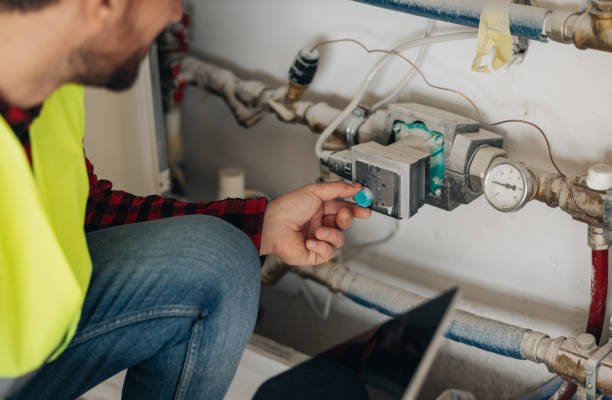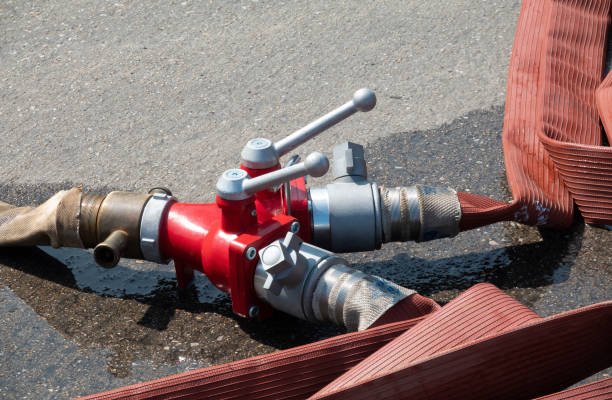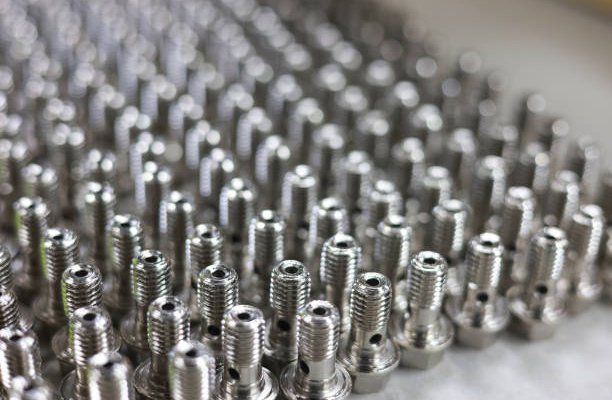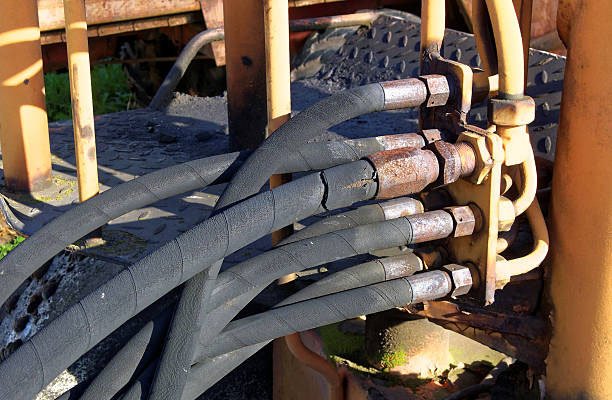The performance of hydraulic systems depends a lot on the quality of their fittings. These parts need to handle high pressure and work well with hoses, tubes, and the fluids running through the system. While regular maintenance helps, solving more complex problems requires a deeper understanding of how the system works. This guide will show you simple ways to troubleshoot hydraulic fittings, especially useful for those working with hydraulic components.
1. Finding Micro Leaks in High-Pressure Systems
Micro leaks are hard to spot, especially in high-pressure systems. These small leaks often show up only when conditions, like temperature or pressure, change.
How to Find and Fix Micro Leaks:
- Use Fluorescent Dye Kits: Add a fluorescent dye to the hydraulic fluid. Then, use a black light to find the leak, which will glow either green or purple.
- Try Ultrasonic Leak Detectors: These devices detect the high-pitched sound made by escaping fluid. They work best in quiet areas since too much background noise can make it hard to find the leak. Skilled technicians can filter out other sounds to get accurate results.
These methods help you detect leaks early, saving time and avoiding bigger issues.
2. Spotting Fitting Failures from Pressure Surges
Sudden spikes in pressure can cause fitting failures that often go unnoticed during normal operations. Keeping an eye on pressure fluctuations is key to avoiding system breakdowns.
How to Monitor Pressure Surges:
- Use Pressure Transducers: These sensors provide real-time feedback and help detect spikes that may not show up during regular checks. They are especially useful for heavy-duty equipment like forklifts, Bobcats, and oil rigs.
Make sure all your hydraulic components, including fittings, are rated not only for normal operating pressures but also for sudden pressure spikes. This will help avoid unexpected failures.
3. Preventing Contamination That Causes Wear
Contaminated hydraulic fluid can damage system parts quickly, leading to wear and tear on fittings and other components. This is especially a problem in systems that need to be very clean to work properly.
How to Keep Hydraulic Fluid Clean:
- Inspect Fluid Regularly: Check the fluid often for dirt, metal shavings, or water. Analyze the type and amount of contamination.
- Install a Filtration System: Use filters that suit your working environment. Contaminant particle sizes can vary, so make sure your filter can handle both large and small particles.
By keeping the fluid clean, you can extend the life of your hydraulic components.
4. Dealing with Thermal Expansion Misalignment

Temperature changes can cause hydraulic lines and fittings to expand or contract. This can lead to misalignment and eventually cause leaks or fitting failure.
How to Fix Thermal Expansion Issues:
- Install Expansion Joints: These joints allow for changes in size caused by temperature shifts. They are important for systems that carry high-temperature fluids like exhaust gases or steam.
- Use Flexible Fittings: These fittings can handle the stress caused by expansion and contraction. Make sure they are rated for the temperature range your system experiences.
Regularly testing your system for thermal cycles during maintenance will help prevent alignment problems.
5. Stopping Electrochemical Corrosion in Mixed-Metal Systems
Using different types of metals in a hydraulic system can lead to galvanic corrosion. This happens when one metal corrodes faster than the other at the point of contact, which weakens the fittings and causes leaks.
How to Prevent Galvanic Corrosion:
- Choose Compatible Materials: Make sure your fittings are made from metals that work well together, according to their position on the galvanic series.
- Use Protective Coatings: Apply non-conductive coatings to fittings to prevent the metals from touching each other and causing corrosion.
By preventing corrosion, you can increase the life of your fittings and avoid system failures.
6. Avoiding Damage from Over-Tightening
Over-tightening fittings can cause residual stress, leading to cracks, corrosion, or fitting failure. Even experienced technicians can make this mistake, which can damage the system.
How to Ensure Proper Tightening:
- Use Calibrated Tools: Use torque wrenches to apply the correct amount of pressure when tightening fittings. This ensures consistency and prevents over-tightening.
- Lubricate Threads: Apply thread lubricant to reduce friction and ensure smooth tightening. You can also use torque angle methods to get more accurate results.
Proper tightening will help maintain the strength and safety of your hydraulic system.
7. Best Practices for Routine Maintenance
Importance of Routine Maintenance
Regular maintenance is essential for keeping hydraulic systems running smoothly. Establishing a routine can help identify potential issues before they escalate.
Maintenance Checklist:
- Inspect Fittings and Hoses: Regularly check for signs of wear, corrosion, or damage. Replace any worn parts immediately.
- Monitor Fluid Levels: Keep an eye on hydraulic fluid levels and ensure they are within the recommended range. Top off with the appropriate fluid type if needed.
- Check for Leaks: Conduct periodic leak checks using the methods outlined above to catch any problems early.
- Test System Performance: Regularly assess the overall performance of the hydraulic system. Look for fluctuations in pressure or unexpected noises that may indicate issues.
8. Understanding the Role of Hydraulic Fluids
Types of Hydraulic Fluids
Different hydraulic fluids have unique properties that affect system performance. Understanding these fluids can help you choose the right one for your application.
- Mineral Oils: Commonly used for their lubrication properties and wide availability. However, they can degrade over time.
- Biodegradable Fluids: These are environmentally friendly options that break down more easily but may have specific storage and handling requirements.
- Water-Based Fluids: Offer excellent cooling properties but can lead to corrosion if not managed properly.
Choosing the Right Fluid
Consider factors like temperature range, environmental impact, and compatibility with system components when selecting hydraulic fluid. Regularly check and replace the fluid as needed to maintain system health.
9. Training and Skills Development for Technicians
Importance of Ongoing Training
Having skilled technicians is vital for effective troubleshooting and maintenance. Investing in training programs ensures that your team stays up-to-date on best practices and new technologies.
Training Topics to Consider:
- Advanced Troubleshooting Techniques: Teach technicians how to use diagnostic tools effectively.
- Fluid Mechanics and System Dynamics: Understanding the principles behind hydraulic systems can enhance problem-solving skills.
- Safety Practices: Ensure technicians are trained in safe handling procedures for hydraulic systems to prevent accidents and injuries.
Conclusion
Troubleshooting hydraulic fittings requires more than just basic checks. It calls for a good understanding of how the system works, how materials behave, and how fluids move. By using advanced tools like pressure transducers and ultrasonic leak detectors, you can find problems before they become serious. Taking a proactive approach will improve system reliability and performance, ultimately saving you time and money.





